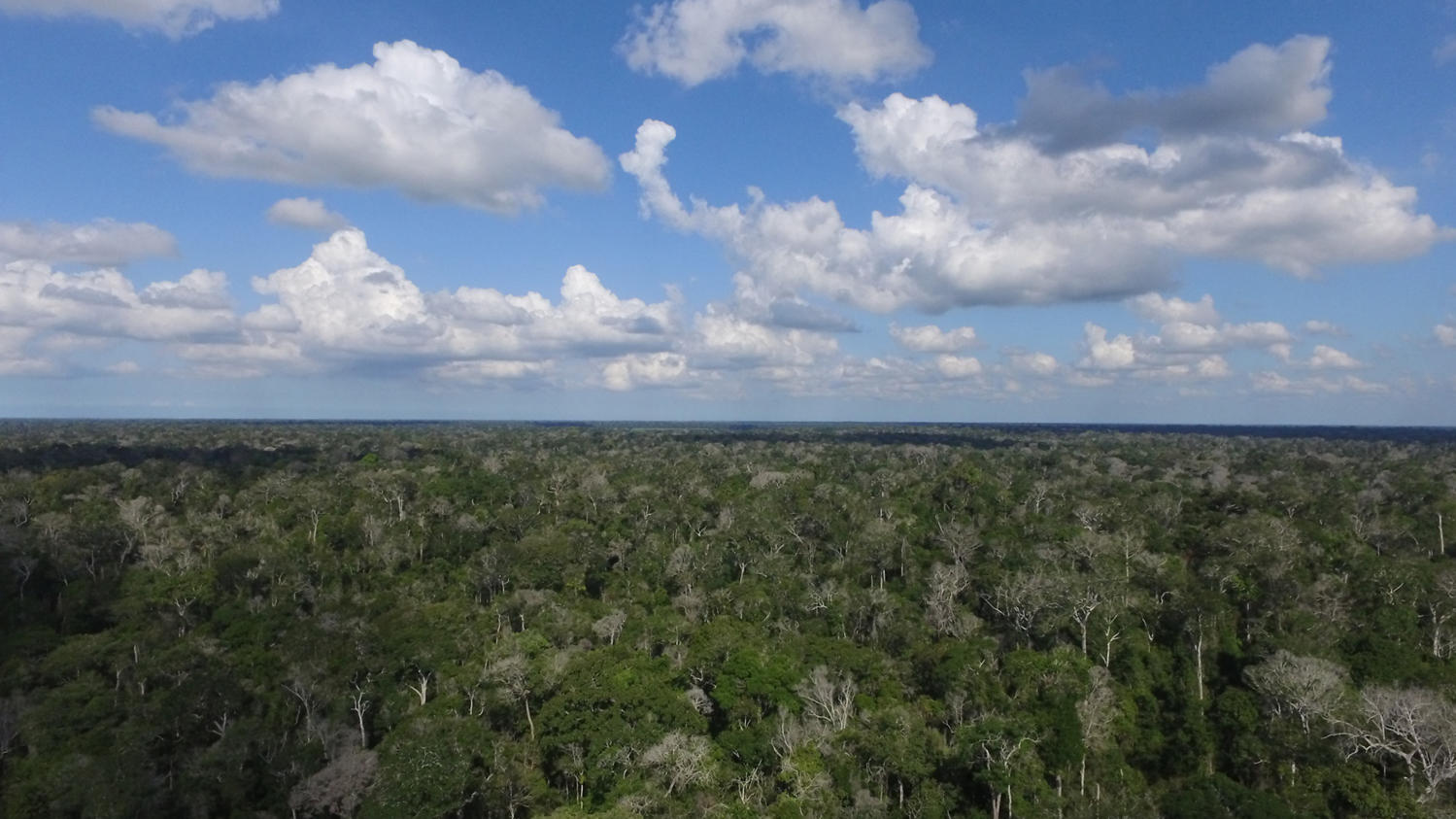Vale: Understanding the societal costs and benefits of maintaining protected areas

Vale is one of the largest mining companies in the world. We depend and impact on natural capital to make our products.
We recognize the importance of biodiversity and ecosystem services and evaluate them as fundamental issues to our business.
As such, we initiated a study to better understand the societal costs and benefits of maintaining protected areas.
Preserving protected areas can represent a substantial cost to our business which needs to be justified. By understanding the value of protected areas to society, we can inform the business case for conservation and support the viability of our projects in the regions where we operate.
This assessment contributed to one of our strategic pillars to incorporate sustainability into our business areas. We saw this as an opportunity to learn about different methods and techniques to identify, quantify and value ecosystem services, including monetary valuation. We also saw potential in this exercise to raise awareness amongst our employees about biodiversity and natural capital.
- No, but aligns with the Protocol’s framework
- Biodiversity & Ecosystem Services
- Corporate
- Project
- Monetary
- Qualitative
- Quantitative
- Value to society
- Brazil
- Mining and Metals
Key findings
Results valued carbon at approximately USD $3.5 million.
Soil regulation (including erosion control) was valued at USD $ 2 million. Water use was estimated at USD @ 1.1 million. The findings informed our actions to avoid deforestation and helped us work with surrounding communities through environmental education programs.
We learned that methods and techniques to value environmental assets and resources often require a robust database. Experts, e.g. biologists, engineers or social scientists are key for comprehensive assessments. The lack thereof can be a limiting factor.
To replicate such studies in the different regions where we operate, we need simpler and less resource intensive methods. We continue to enhance our knowledge and understanding of different valuation methodologies and contribute to actions that aim to simplify. We seek to further assess the net balance of impacts on biodiversity from our operations and projects by bringing a monetary value and social dimension into the decision-making process.
